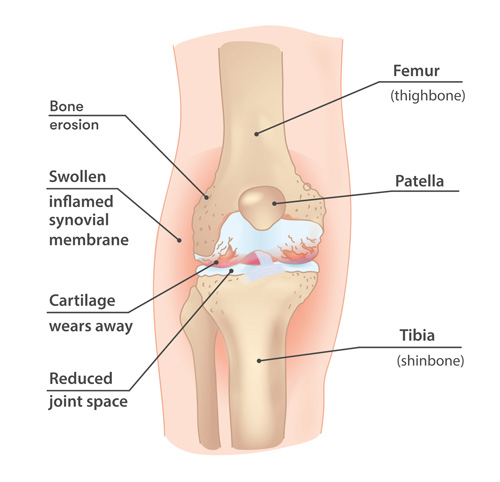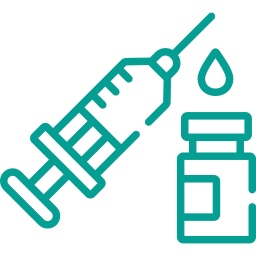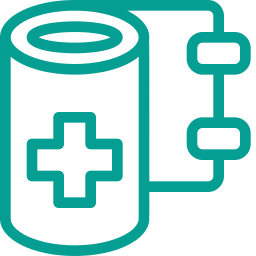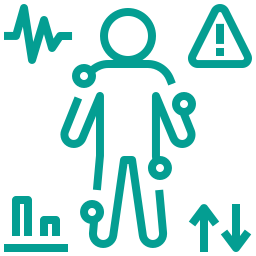Joint Injections

What Are Joint Injections?
What Conditions Can Be Treated with Joint Injections?
Rheumatoid Arthritis
Osteoarthritis
Gout
Tendonitis
Bursitis
Injury-Related Pain
Psoriatic Arthritis
Frozen Shoulder
How Do Joint Injections Work?
What Types of Joint Injections Do We Offer?
What Are Corticosteroid Injections?
What Are Visco-supplementation/Hyaluronic Acid Injections?
What Is PRP (platelet rich plasma) injection?
Benefits of Joint Injections
- Other treatments like physical therapy, medications, or alternative therapies haven’t provided enough relief.
- Chronic joint pain is making it difficult to go about your daily activities.
- You’re looking for a minimally invasive, effective alternative to surgery.
What to Expect During the Procedure
Preparation: Before the Procedure

Your doctor will perform a comprehensive history and physical exam, which may include imaging tests such as X-rays or MRIs, to confirm the diagnosis and plan the procedure.

Inform your physician about any medications or supplements you are taking, as certain medications, like blood thinners, may need to be paused before the procedure.


Wear loose, comfortable clothing and arrange for someone to drive you home after the procedure.

You will review and sign a consent form and receive detailed guidance on what to expect before, during, and after the procedure.
During the procedure:

The area for injection will be thoroughly cleaned with antiseptic solution to prevent injection.

Local anesthesia such as Lidocaine will be injected to numb the area (similar to the numbing you would receive at the dentist) to ensure comfort during the procedure.

You get into position depending on the joint being injected

Using fluoroscopic (real-time X-ray) guidance, landmark or ultrasound, the doctor carefully positions a thin needle into the joint space.

A small amount of steroid and numbing medication will be injected.

After the Procedure: Post-Care




What Are the Risks or Side Effects of Joint Injections?
F.A.Q
General Questions
The duration of relief varies based on the condition being treated and the type of injection. Corticosteroid injections can provide relief for several weeks to months, while hyaluronic acid injections may last up to six months. PRP injections may offer longer-lasting benefits by promoting natural healing.
Most patients experience only mild discomfort during the injection. A local anesthetic is often used to minimize pain, and the procedure is quick, typically lasting just a few minutes.
Most patients can resume normal activities shortly after the procedure, but it’s advised to avoid strenuous activity for 24-48 hours to allow the injection to take effect properly.
